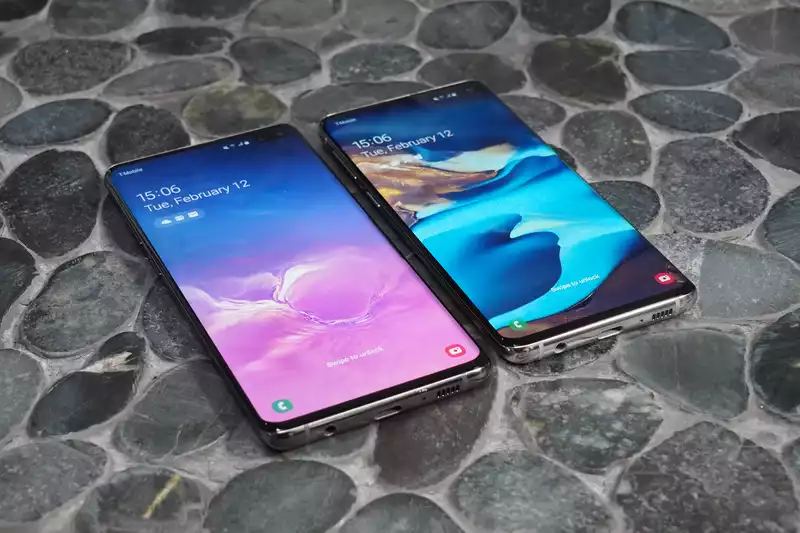This week, a series of leaks surrounding the upcoming Galaxy S20 have revealed what it will look like and what features it will offer when it debuts next month. Some of the leaked specs are quite fascinating!8K video! A ton of memory (16GB)! - One of the Galaxy S20's features is apparently not as cool as advertised.
Like a handful of other flagship phones, the Galaxy S20 is expected to feature a faster refresh rate display, jumping up to a very smooth 120Hz rate from the standard 60Hz rate of last year's S10. However, as leaker Ice Universe warned on Twitter, this higher refresh rate will only be available in Full HD+ resolution. The Galaxy S20 is expected to feature an AMOLED panel with WQHD resolution, which means that users will have to reduce the sharpness of the display if they want to experience the smoother scrolling and better gaming experience that the faster refresh rate provides.
This is a pretty big compromise. Unless you really like fiddling with settings and going back and forth between a sharper display and a faster refresh rate, you'll probably just pick one resolution on the Galaxy S20 and stick with it.
Faster refresh rates are a welcome addition to a smartphone, but they also put a strain on battery life, a feature that many smartphone users who are looking for a long-lasting phone that lasts a full day on a single charge appreciate. Either increase the screen refresh rate at the expense of battery life, or reduce the sharpness of the display to satisfy users who want smoother scrolling. [For example, Google introduced a 90 Hz refresh rate on the Pixel 4 last fall. However, to maximize battery life, the refresh rate was reverted to 60Hz when the Pixel 4 phone's brightness level fell below 75%. Google's logic was correct - a faster refresh rate is less effective when the screen is dimmed - but they did not inform users of this limitation at the Pixel 4's launch. A subsequent software update lowered the brightness threshold at which the 90 Hz refresh rate is turned off.
Assuming this latest news about the Galaxy S20's 120Hz refresh rate is correct - and remember, this is all speculation until we actually see the new phone at Samsung's launch event on February 11 - Samsung has announced that the 120Hz refresh rate, and they need to clearly communicate to potential users when it will be available and when it will not. [This leaked feature is a particularly big gamble for Samsung, as it surfaced at the same time that rival handset maker OnePlus announced plans to include a 120Hz Fluid Display in its future handsets. OnePlus has announced that its next model " OnePlus 8," but it is widely expected that this new OnePlus phone will feature a display with a 120Hz refresh rate. the OnePlus 8 is likely to ship later this spring, and if past OnePlus releases are any indication that it should be a strong alternative to whatever phone Samsung introduces in February.










Comments